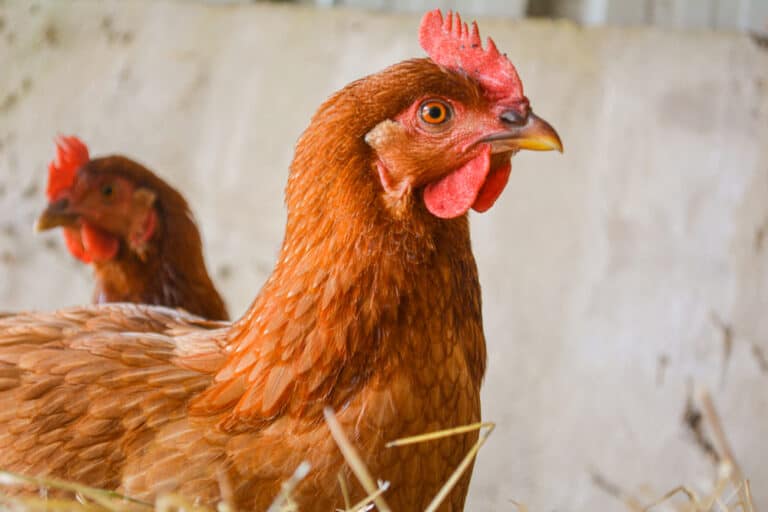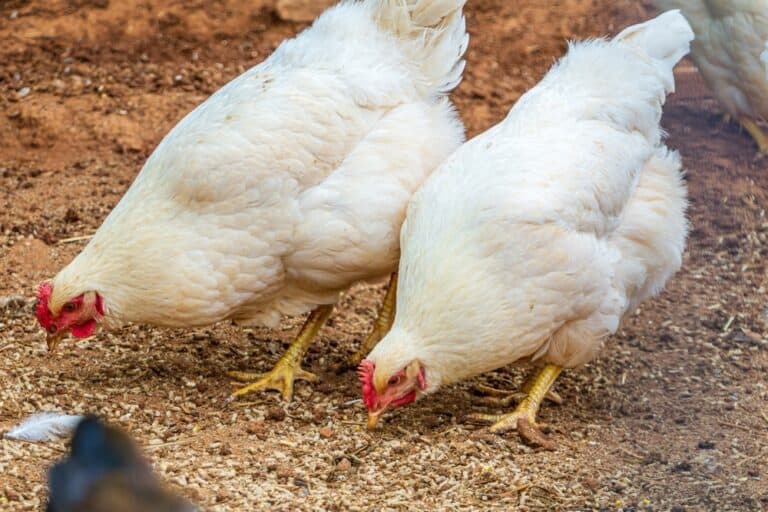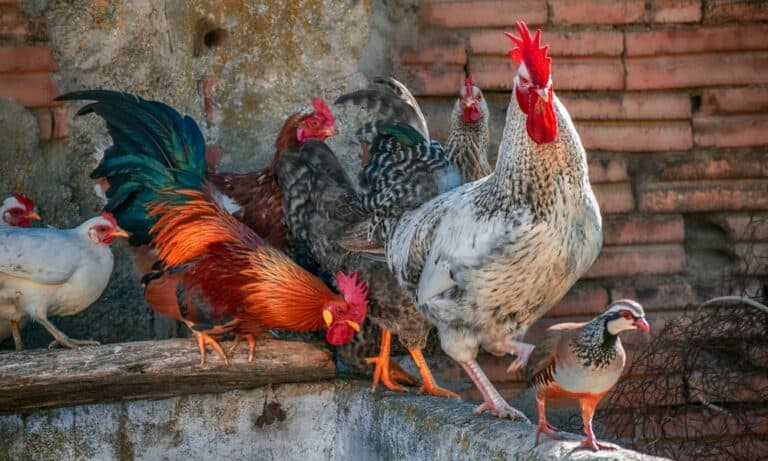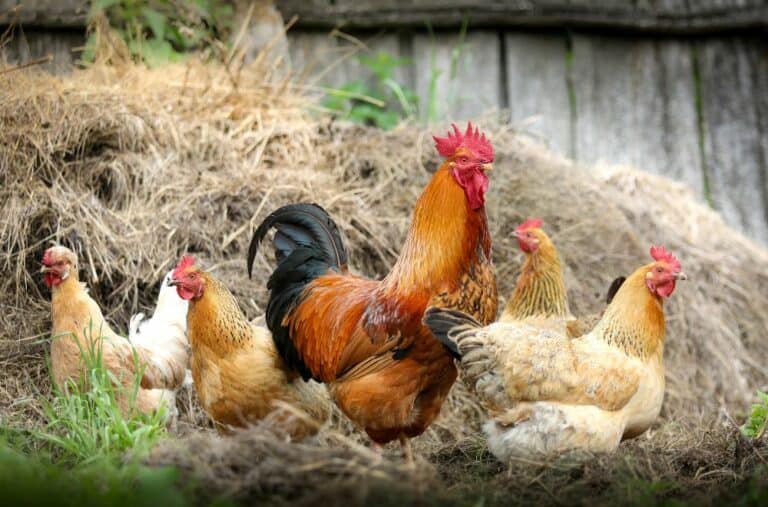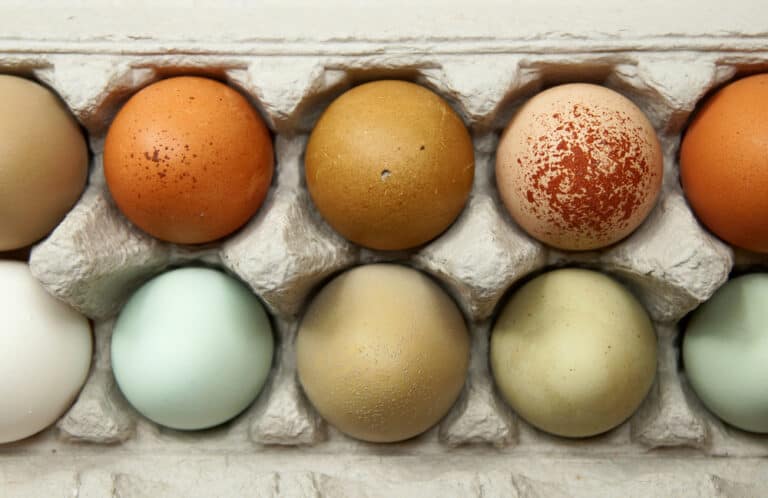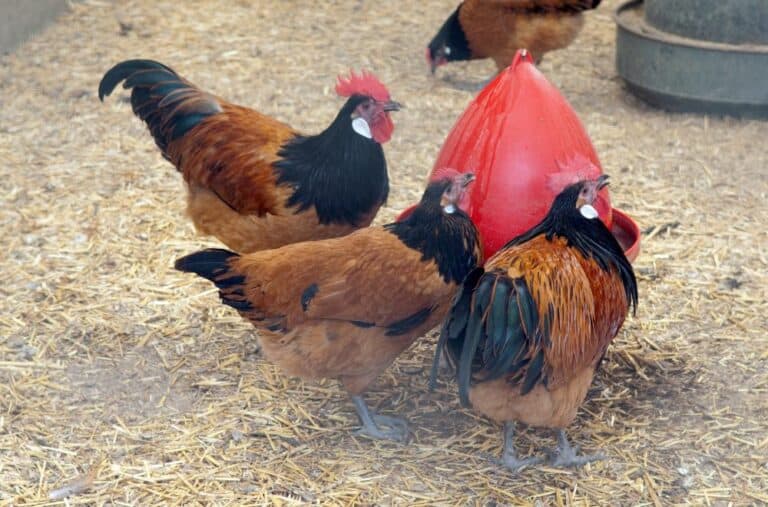The tiny but aesthetically pleasing Dutch Bantam chicken is a very old breed that has been around for centuries. Originally used by sailors for its egg-laying abilities, it’s well-loved in the modern world as a small but immensely friendly ornamental bird at home.
But what makes a Dutch Bantam special? Who would do well to own one of these small show birds? What are their temperament and personality like? Today, we’ll lay it all down for you. Keep reading to learn more about the coveted Dutch Bantam chicken.
History and Origins of the Dutch Bantam
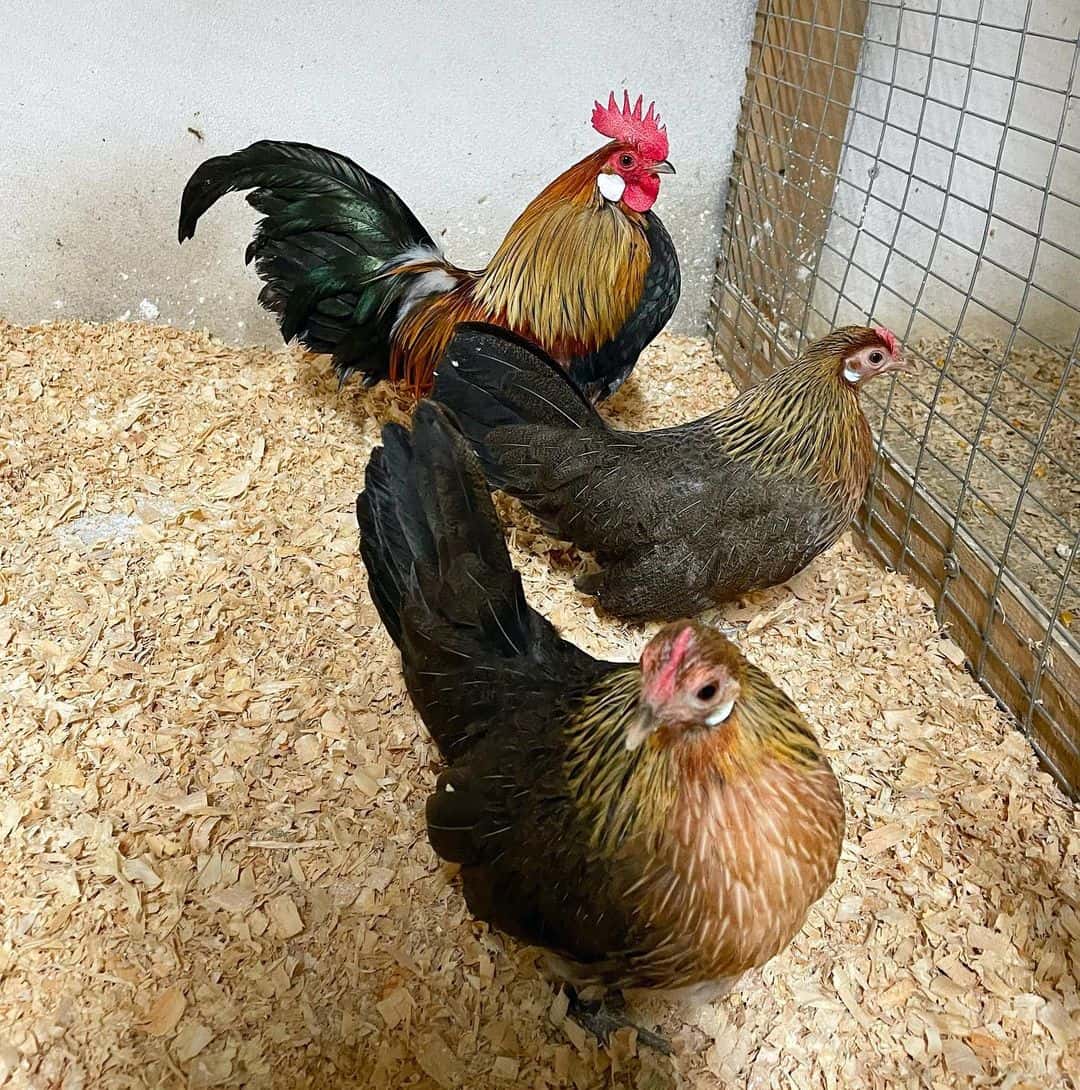
Dutch Bantams are chickens that hail from the Netherlands. Locally, they are called “hollandse kriel.”
This breed is a true bantam, which means its small size is au naturel. They weren’t miniaturized from a large fowl counterpart. The American Poultry Association (APA) even deems it the smallest bantam chicken to exist.
This bantam chicken breed has been around since the 17th century. In fact, if you were to look at Dutch farm paintings from way back in the 1800s, you’ll see chickens running around in the range that looks similar to the Dutch Bantam.
But where do the roots of this small chicken lie? Are they truly pure Dutch?
It is said that this bantam bird was brought to the Netherlands many centuries ago by sailors coming from the Dutch East Indies—a group of Dutch territories in Asia that is now known as Indonesia. So, there’s a huge chance that its ancestors are Southeast Asian bantam chickens.
Seamen from centuries past likely loved these bantams because of their small size. They were able to provide meat and eggs on the voyage back to Europe. They probably also continued to breed this chicken when they got back home to the Netherlands.
During that time, tenants and peasant farmers likely kept these bantams for themselves because they were the only chickens available to them. Bigger fowls were required to be butchered and served in kitchens for landlords and rich families. So, poor families were stuck with the bantams.
Today, Dutch Bantams are still common and very loved in the Netherlands. But within the last century, it has also gained popularity in places like South Africa, Germany, and the United Kingdom. The UK even created the Dutch Bantam Club in 1982.
The breed was first brought to the United States in the 1940s and 1950s. It had died out because there was a lack of interest from chicken farmers but had a resurgence in the 1970s. By 1992, the breed had become recognized by the APA and was included in the Standard of Perfection.
The Appearance of a Dutch Bantam Chicken
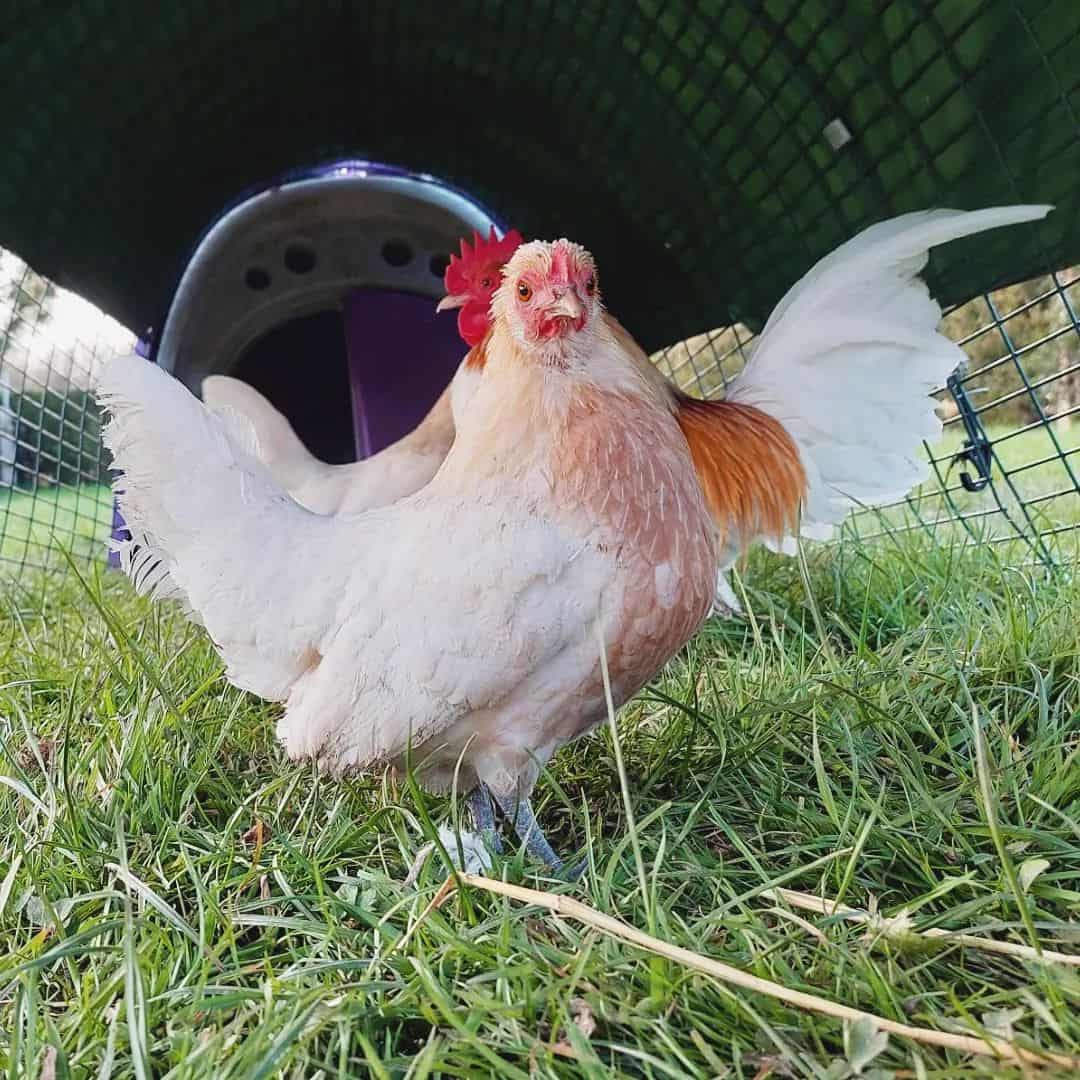
There are almost 30 color variations known for the Dutch Bantam. These include Blue Silver Partridge, Golden Duckwing, Silver Duckwing, Cuckoo Partridge, Light Brown, Blue Yellow Partridge, Silver, and many others.
Whatever color varieties a Dutch Bantam flaunts, the rest of their features stay the same. Despite their small size, they hold an upright, regal stance and a high full breast to make them look refined. They have saddles with flowing feathers and beautifully spread-out tail feathers.
They also have a red single comb with five distinct points. Their oval-shaped earlobes and the skin underneath their plumage are white. Their light legs are blue and have four toes on each claw.
Although they have an upright stance, their small size is still apparent because of their short backs. Their wings are also bound close to their bodies, which makes them look even smaller.
Dutch Bantams are the smallest bantams in the poultry world. So, it’s no surprise that they’re very lightweight. Males weigh around 20 oz, while females weigh 18 oz at most. Because of their weight (and their large wings), these bantams are strong fliers.
Want to see how Dutch Bantams look in their actual habitat? Watch how these stunning birds explore their home and interact with each other in their coops in this quick clip:
What are Dutch Bantams Used For?
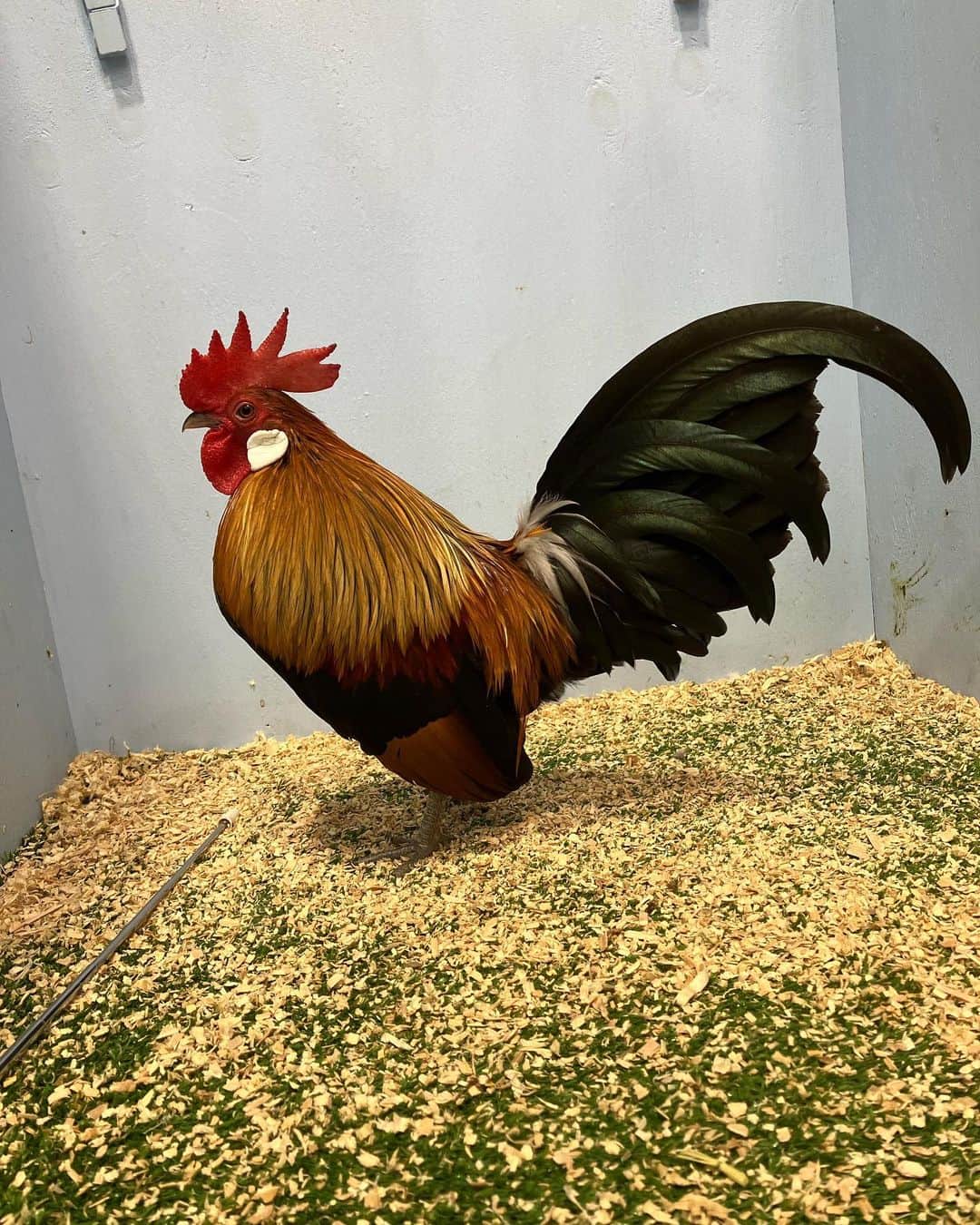
When you’re choosing a breed for your backyard chicken flock, it’s important to think about your goals. Are you in it for egg and meat production? Or are you looking for the most fertile hens and roosters so they can create baby chicks?
Most birds are bred specifically for one purpose. For example, the Cornish Cross was meant to be a broiler chicken grown and fattened up for juicy meat. Other birds are bred for their beauty but do not have any ability to produce poultry products.
However, the Dutch Bantam is a little more well-rounded than these other breeds. This specific breed of bantam is amazing for aesthetic purposes, but these birds are also good egg layers too.
1. Ornamental birds for the home
Dutch Bantams are undoubtedly visually appealing. They have the beautiful saddle and sickle feathers draped over their main body. Their plumage comes in different colors too, some with specks and partridge patterns.
Because of all these, they make for stunning, domesticated, ornamental birds that add a bit of extra beauty to your home or aviary.
2. Show birds for exhibitions
Aside from sitting around looking pretty, these bantams are also terrific for competitive exhibition shows. In these shows, a Dutch Bantam will be judged by its color, plumage, stance, temperament, and more.
3. For small-scale egg production
Lastly, Dutch Bantams can be kept as egg layers on small farms or family ranches. Bantams don’t usually lay lots of eggs, but female Dutch Bantams can lay around 160 small eggs a year. The number is small compared to large fowl hens, but it’s quite impressive given the breed’s small size.
Temperament and Personality of Dutch Bantam Fowls
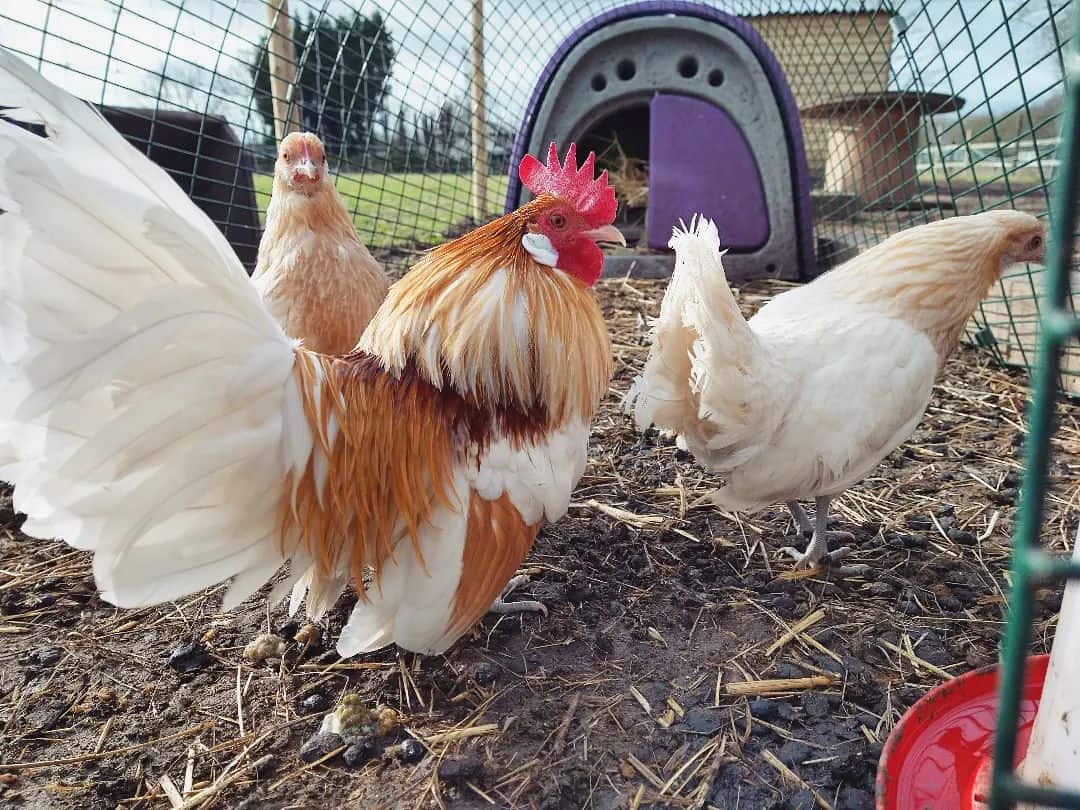
Before committing to owning a Dutch Bantam, you need to be sure their personality is something you can handle. Let’s take a look at the unique temperament and trains of these bantams.
1. Very friendly and docile
Dutch Bantams are generally docile and easy to work with. They don’t freak out or fly away when you handle them. Instead, they’re very friendly and are keen to show affection to their human owners. This is why they make such good companions for youngsters looking for a small pet.
2. Flighty when they want to be
That said, these bantams can be flighty when they want to be. Because they have small, lightweight bodies, flying at great heights is easy-peasy for them.
But don’t worry. Dutch Bantams are easy to train and tame, so you don’t have to worry about them being flighty forever. And while stressful situations like confinement can make other chicken breeds flighty, it’s something these bantams can tolerate quite well.
3. Broody, protective mothers
Many of these bantam hens will go broody after hatching eggs. They’ll want to protect their babies, so they’ll sit on their small clutch of eggs to act as an incubator to hatch them. Sometimes, they’ll do this for days on end to keep their babies warm.
4. Sensitive to the environment’s temperature
Because Dutch Bantams are quite small, they’re very sensitive to temperatures. They don’t have a lot of body heat to go around, so they’re not cold-hardy. They’re very vulnerable to frostbite, especially because they have large combs.
During the winter, make sure to insulate your chicken coop. You might also want to install a heat lamp to keep your bantams feeling cozy and comfortable.
Dutch Bantams don’t do well with extremely hot weather either. During the summer, make sure their coops have good ventilation.
Who Should Own Dutch Bantams?
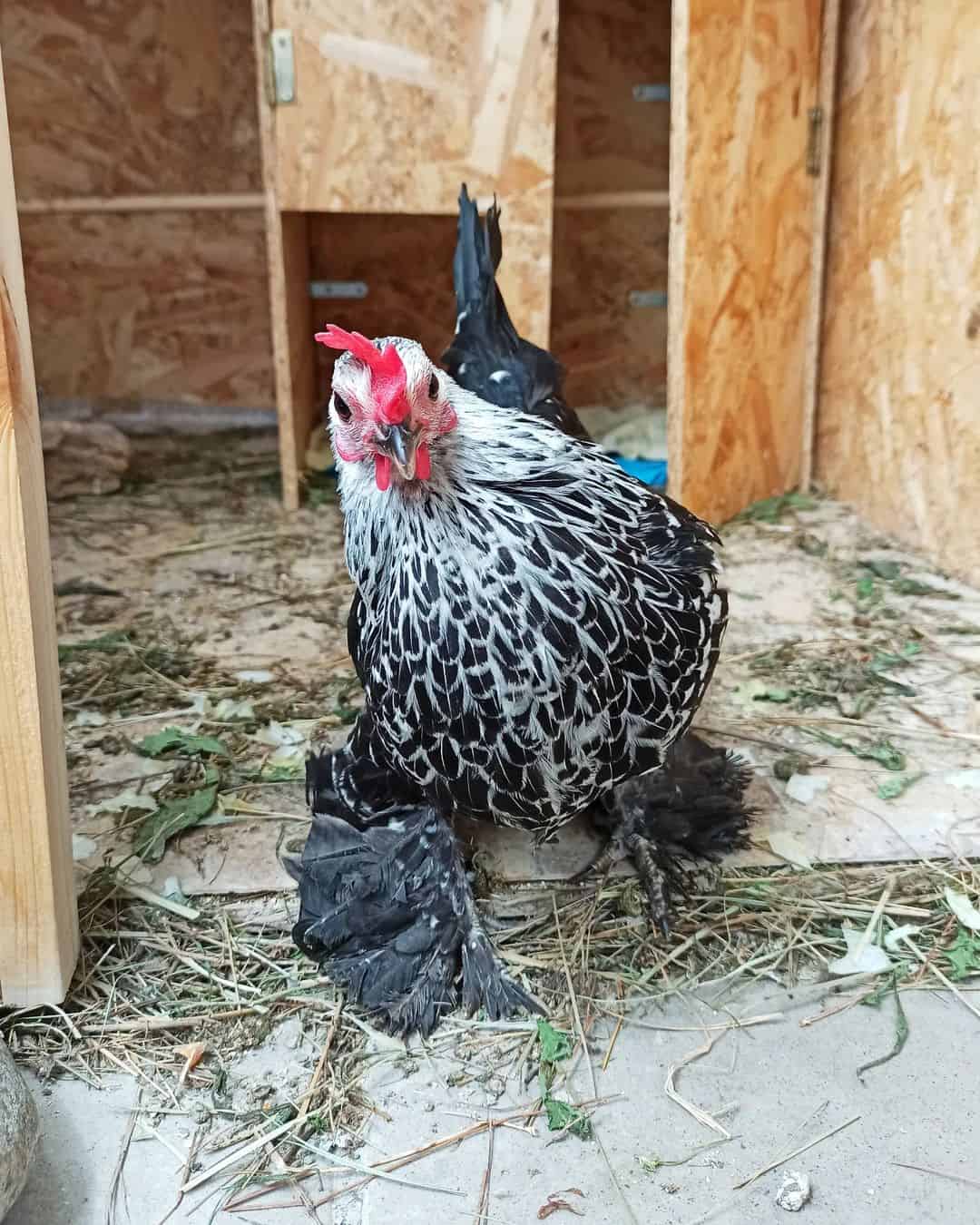
Many types of chicken owners would love adding Dutch Bantams to their flock.
First, there are beginner chicken raisers. Because these bantams are so friendly and docile, taking care of them is a piece of cake. It’s perfect for hobby farmers who are still getting the hang of interacting with chickens and aren’t ready for aggressive and mean chicken breeds.
Next, we have young children. Small children usually ask their parents for a pet at some point. A Dutch Bantam will be a terrific one to give them. Not only are these birds easy to care for, but they’re also affectionate and gentle, making them perfect for kids.
Lastly, we have chicken raisers in small, urban settings. Bantams are a lot easier to care for than larger chicken breeds if you live in a city. They’re not as rowdy or noisy, and they don’t take up as much space. They’re perfect for city folk who still want birds around them.
Curious to learn more about small birds that you can keep as pets? Watch this video of the top 12 small chickens you might be interested in as well:
Conclusion
Dutch Bantams have come a long way from their home country of the Netherlands centuries ago. Today, they are excellent pets not just for small-scale egg production at home, but also simply for their ornamental beauty. The fact that they’re super friendly and sweet in nature is just a bonus.
These small, lovely birds are awesome for novice hobby farmers and young kids that are interested in looking for a bird to care for. If you’re looking for a small chicken to serve as a pet at home or a companion in the coops, the Dutch Bantam is definitely one you should consider.

